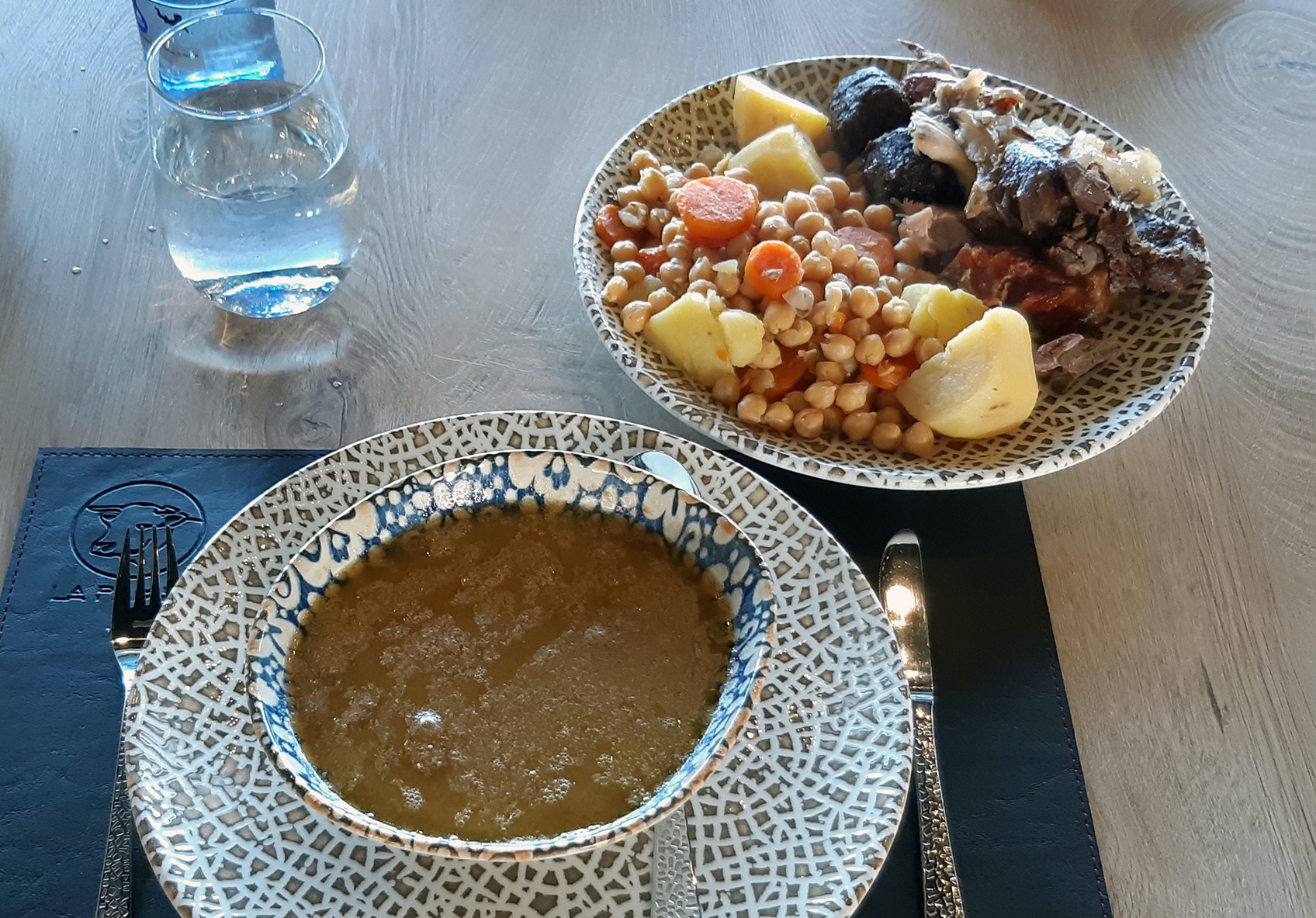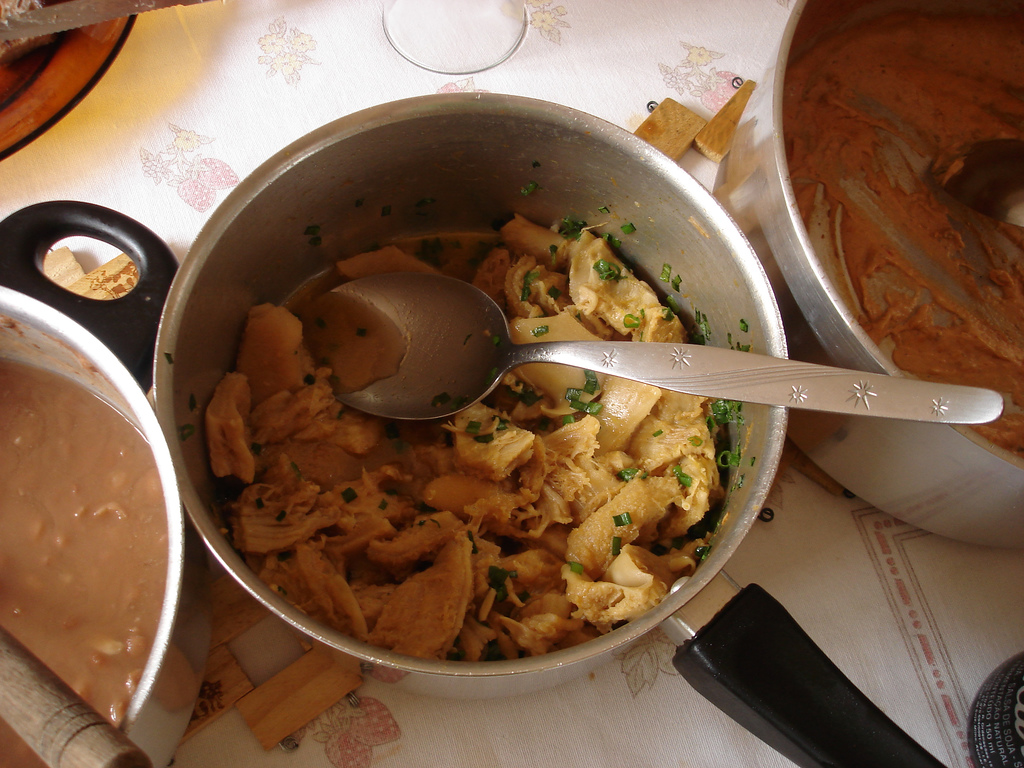|
List Of Portuguese Dishes
This is a list of Portuguese dishes and foods. Despite being relatively restricted to an Atlantic sustenance, Portuguese cuisine has many Mediterranean influences. Portuguese cuisine is famous for seafood. The influence of Portugal's former colonial possessions is also notable, especially in the wide variety of spices used. These spices include ''piri piri'' (small, fiery chili peppers), black pepper and white pepper, as well as cinnamon, vanilla, clove, cumin, allspice and saffron. Olive oil is one of the bases of Portuguese cuisine, which is used both for cooking and flavouring meals. Garlic is widely used, as are herbs, such as bay leaf, coriander, oregano, thyme, rosemary and parsley, being the most prevalent. Portuguese beverages are also included in this list. Portuguese dishes * Bacalhau * Bacalhau à Brás * Bacalhau à Gomes de Sá * Bacalhau à Zé do Pipo * Bacalhau com natas * Bacalhau com todos * Bife a cavalo * Cabidela * Cafreal * Caldei ... [...More Info...] [...Related Items...] OR: [Wikipedia] [Google] [Baidu] |
Carne De Porco à Alentejana
Carne de Porco à Alentejana (Pork with clams) is one of the most traditional and popular pork dishes of Portuguese cuisine. It is a combination of pork and clams, with potatoes and coriander. Usually, about 800 g of pork are marinated for some time in white wine, paprika, red pepper paste, chopped garlic, coriander, bay leaf, and salt and white pepper. Cumin is often added in northern Portugal as well. It is then fried until golden brown, when clams are added and cooked. Traditionally, this dish is served with cubed potato fries or baked potatoes. Its origin is uncertain, the name would appear to be from Alentejo, but this is disputed by some, who give its roots to the Algarve. The reason behind it are the clams, who are much more popular in seaside towns rather than places far from the ocean, like the majority of Alentejo who only has one sizeable fishing port, Sines, and small fishing villages on the coast, and has a mainly meat-based cuisine. It may be an example of fusion ... [...More Info...] [...Related Items...] OR: [Wikipedia] [Google] [Baidu] |
Allspice
Allspice, also known as Jamaica pepper, myrtle pepper, pimenta, or pimento, is the dried unripe berry of ''Pimenta dioica'', a midcanopy tree native to the Greater Antilles, southern Mexico, and Central America, now cultivated in many warm parts of the world. The name ''allspice'' was coined as early as 1621 by the English, who valued it as a spice that combined the flavours of cinnamon, nutmeg, and clove. Several unrelated fragrant shrubs are called "Carolina allspice" ('' Calycanthus floridus''), "Japanese allspice" (''Chimonanthus praecox''), or "wild allspice" (''Lindera benzoin''). Production Allspice is the dried fruit of the ''Pimenta dioica'' plant. The fruits are picked when green and unripe, and are traditionally dried in the sun. When dry, they are brown and resemble large, smooth peppercorns. Fresh leaves are similar in texture to bay leaves and similarly used in cooking. Leaves and wood are often used for smoking meats where allspice is a local crop. Care mus ... [...More Info...] [...Related Items...] OR: [Wikipedia] [Google] [Baidu] |
Cozido A Portuguesa 1
() or ''cozido'' () is a traditional stew eaten as a main dish in Spain, Portugal, Brazil and other Hispanophone and Lusophone countries. Etymology In Spanish, ''cocido'' is the past participle of the verb ''cocer'' ("to boil"), so it literally means "boiled hing. In Portuguese, the word ''cozido'' means "cooked", "boiled" or "baked", being the past participle of the verb ''cozer'' ("to cook", "to boil", or "to bake"). Preparation and ingredients Cocido is made of various meats (pork, beef, chicken, mutton), embutidos and vegetables like cabbage, turnips, parsnips, potatoes, carrots and chickpeas (''garbanzos''). Other foods (such as eggs or cheese) can be added before serving. Due to the wide regional diversity of the dish, the word ''cocido'' is typically followed by the place of origin (e.g. '' madrileño'', '' maragato'', '' lebaniego'', '' gallego''). The basic method of preparation involves slow cooking over a low heat. ''Cozido'' may be prepared with a wide ... [...More Info...] [...Related Items...] OR: [Wikipedia] [Google] [Baidu] |
Dobradinha
:''The word "dobradinha" (from the Portuguese word "dobro" which means double) is also used in Portugal for the achievement known as double in association football''. Dobrada (in Portugal) or dobradinha (in Brazil) is a traditional Portuguese and Brazilian dish made from a cow's flat white stomach lining commonly flavoured with paprika, tomato paste, onion, garlic, clove and red pepper paste. Usually decorated with green onion and mint. The adding of sliced carrots and butter beans are essential as well. White rice is often served alongside this dish, especially in the city of Porto where it is called tripas à moda do Porto. Origin The dish originated in Porto, in northern Portugal, where it is called ''dobrada'' or ''tripas''—people from Porto are nicknamed ''tripeiros''. It has been a traditional Portuguese dish since the 15th century, and became also traditional in Brazil. In popular culture It was the theme of Fernando Pessoa's poem "Dobrada à moda do Porto". The jo ... [...More Info...] [...Related Items...] OR: [Wikipedia] [Google] [Baidu] |



